TWR & Math
For your average 5th grade math student, there might not be a more dreaded three words than “explain your reasoning.” These instructions are often met with confusion, frustration, and expressions of “I know it, but I can’t explain it!” While the intention - push students to articulate their conceptual understanding of math content - is a worthy one, students are often left feeling stuck, unsure of how to articulate that understanding.
Last spring, I had the opportunity to participate in a professional development course led by The Writing Revolution (TWR). Since last year, our ELA teachers have implemented TWR curriculum as part of writing instruction to provide students with structured and scaffolded materials to support their sentence- and paragraph-level writing. This professional development focused on the use of TWR strategies as part of STEM instruction. Certain principles from literacy instruction were applicable to math instruction as well. For example:
Pulling sentence fragments (incomplete sentences) from content can serve as checks-f0r-understanding and help draw students’ attention to what’s missing
Sentence frames with conjunctions can lead students to determine cause and effect (“because”), discern a change of direction (“but”), and draw conclusions (“so”)
Sequence words (“first,” “then,” “last”) help students organize their thinking when describing a multi-step process
The TWR course helped me generate ideas for how to adapt our 5th grade math curriculum in a way that would better structure students to articulate their conceptual reasoning and construct new knowledge about new mathematical topics.
So, what does this look like in practice? Here is an example from our first unit of 5th grade math, in which we explored volumes of rectangular prisms and composite figures. During the lesson, students used sequence transition words to describe the process for finding the volume of a figure composed of 2 prisms:
Providing a structured, scaffolded space for students to describe the process during the lesson set students up to articulate their new knowledge on a more independent task. “Explain or show your reasoning” was no longer a vague directive; students had a familiar structure to fall back on to explain their reasoning!
Here is another example from students’ work on adding fractions with unlike denominators. Students were provided with the sentence starters “I agree with…because” and “I agree…but” to critique others’ mathematical reasoning:
An especially rewarding part of this process has been seeing students take greater initiative in incorporating more organizational strategies and justifying their solutions without prompting. Here is a recent piece of student work from our division unit!
In this example, the student is able to successfully carry out a clearly labeled series of steps for both multiplication and division, and justify their answer by explaining the connection between the two operations.
By integrating more structured writing into math class with the use of TWR strategies, our students are making new connections, strengthening their ability to think critically and sequentially, and taking new levels of ownership over their mathematical learning. We’re excited to see how these strategies guide our students towards becoming even better outside-the-box thinkers and complex problem solvers.




